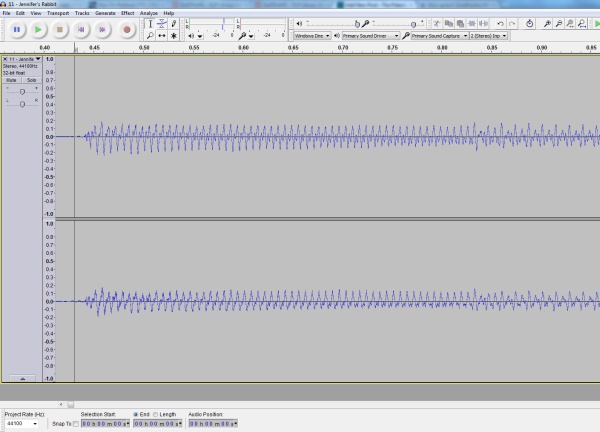Several years back, I bought a “The Very Best of Tom Paxton” CD. Among several other really good songs, it had a new version of “Jennifer’s Rabbit” — one of my favorite songs from childhood. (There’s not nearly enough good fantasy in the world.) I especially liked what he’d done with the intro to the song in this version: a single note, in a minor key, which set a mysterious, exciting mood for the song.
It wasn’t until I learned a bit more about music theory, though, that I sensed that something was up. Single notes, by themselves, are never major or minor. “Also Sprach Zarathustra” is a great example of this — a tonic, a dominant, then a tonic one octave up, followed by a major chord and a minor chord in quick succession. It’s a neat effect which relies on the fact that with the first three slow notes, the major-vs-minor question hasn’t been resolved yet (no third, major or minor, has appeared yet.)
The opening note of “Jennifer’s Rabbit” seemed to have been crafted by resorting to dark magic: setting a minor-key tone with a single note just isn’t possible. (In fact, that note turns out to be the tonic — present in any key, major or minor.)
How did he do it?!? This was a job for Audacity!
The song opens with the single guitar note — at about 147Hz, probably the D below middle C. About 400 milliseconds later, though, the pattern changes subtly. If you listen, a minor third has been introduced, not quite loud enough to really be obvious. Sneaky!
…but Tom Paxton, after all, is the guy who wrote “The Marvelous Toy.” I’ve known for many years that he’s a musical genius. I just wondered if he’d found a way to rewrite a thousand years of Western musical theory!




Eric,
this is great. Don’t remember if I responded before but came across this again.
Unc